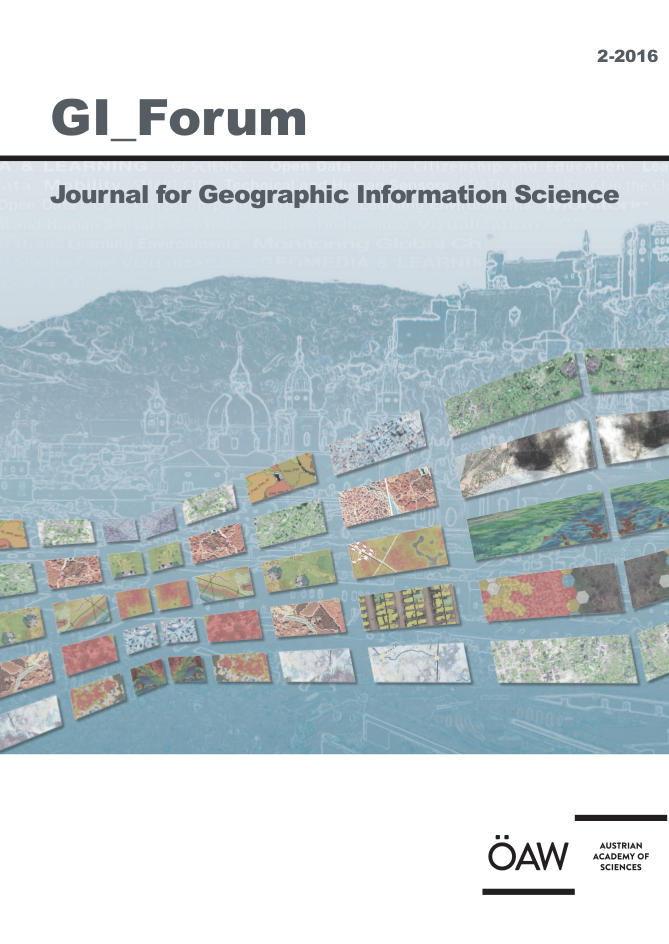
GI_Forum 2016, Volume 4, Issue 2, pp. 90-108, 2016/12/02
Journal for Geographic Information Science

Despite commendable efforts to promote Disaster Risk Reduction (DRR) in development planning, current mainstreaming efforts are failing to keep pace with the increase in exposure, vulnerability and climate-related natural hazards. The recently developed inter-agency and multi-sectoral spatial risk assessments for Bosnia-Herzegovina (BiH) have proven to be effective research and communication tools that have the potential to convince busy policymakers and programme managers to scale up DRR. From the perspective of the UN in Bosnia-Herzegovina, we present geospatial hazard and exposure assessments that have helped to identify and visualize a range of natural hazards and socio-economic factors. In the information age, the internet, publicly available datasets and open source software have created hitherto unknown opportunities to undertake effective disaster risk management. This paper presents action-oriented, geospatial research with high relevance for policy makers and programme managers. We illustrate how the use of “big and open data” has a cost-saving potential for the DRR community.
Keywords: GIS, risk mapping, spatial planning, disaster risk reduction, development planning